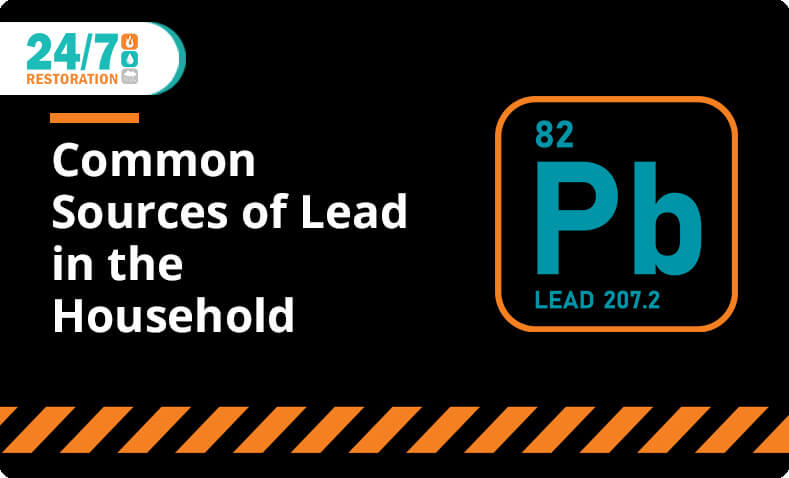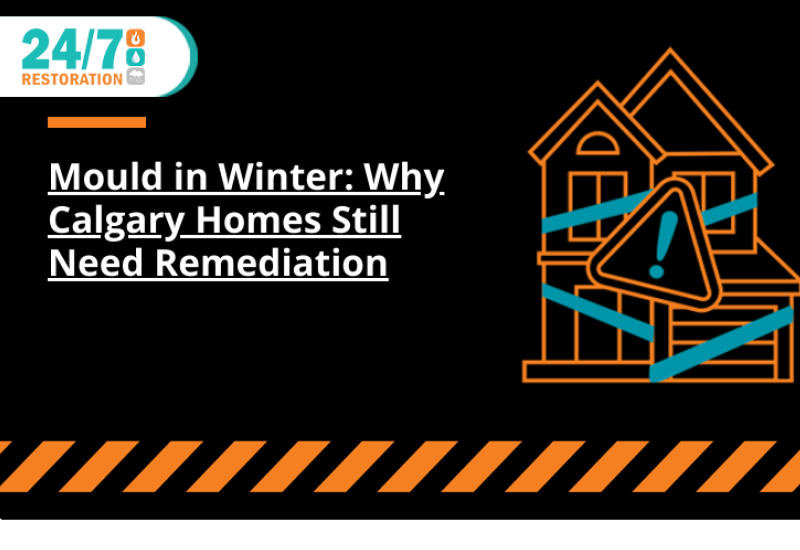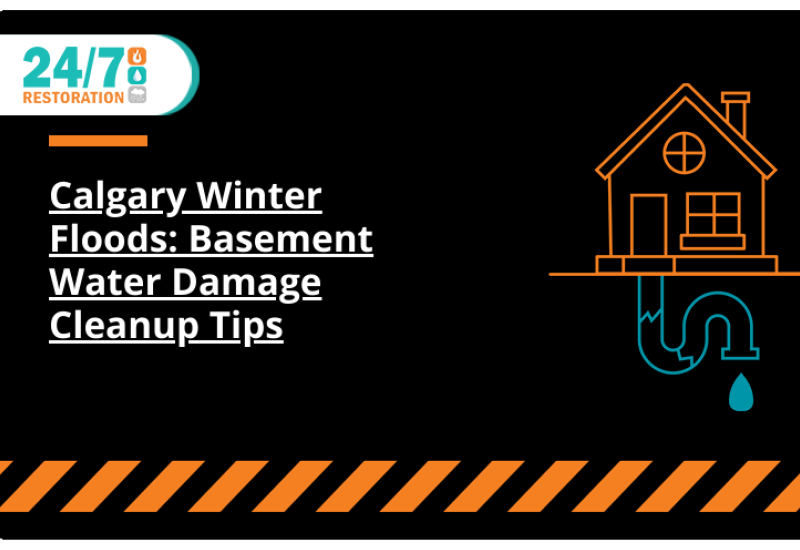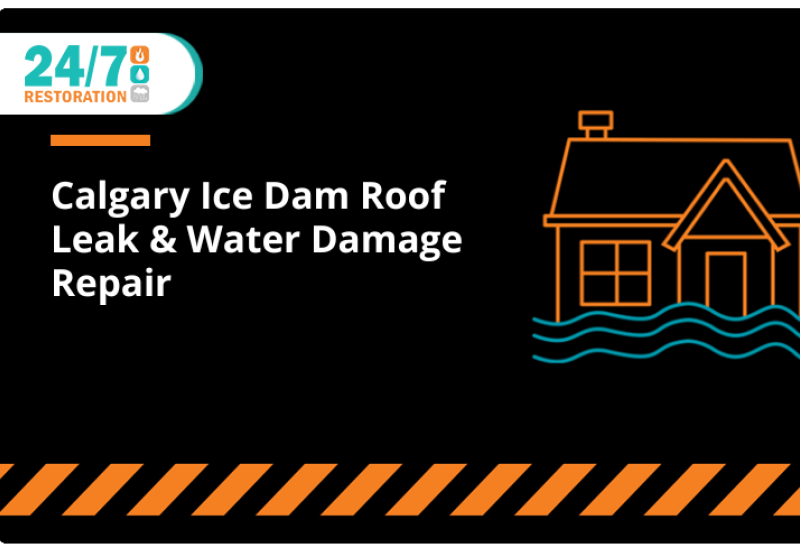Potential Sources Of Lead In Your Home
A building built before the late 1970s could contain the following sources of lead:
Paint: The older your home, the higher the chance it contains lead-based paint. Adding new layers of paint has not been shown to significantly reduce the risk of lead exposure.
Thankfully, lead-based paint is unlikely to be a health hazard if it is kept in good condition. You should only be worried when the paint is starting to deteriorate. When that happens, lead is released into the air, increasing the chance of inhalation or ingestion (if the paint flakes or chips).
If you suspect the paint in your home contains lead, you can confirm with a professional paint inspection or a lead risk assessment. Store-bought test kits can work too, though the readings will be less accurate.
If you choose to live with lead-based paint in your home, try to keep all painted surfaces in good shape and inspect them frequently for peels or cracks. However, you will have to have your lead removed by an abatement service if you plan on doing home repairs and renovations.
Plumbing: Lead used to be a mainstay in older plumbing fixtures, such as pipes, faucets, and solders. When exposed to water with high acidity or low mineral content, these plumbing fixtures begin to corrode. This process releases lead into the water, which can result in lead poisoning when ingested.
The only way to confirm if there is lead in your water is to have it tested by a certified lab.
Permanent solutions for removing lead in the water include replacing lead service lines and upgrading the plumbing material. You will most likely require help from your municipality and certified plumbers to make these changes. In the meantime, you can install a filter approved by the National Sanitation Foundation (NSF-a globally recognized standard) filter on your faucet to treat the lead in the water.
If removing the lead from your plumbing fixtures is not possible, you can still reduce the risks of lead poisoning by following certain precautions. First, do not use hot faucet water for anything, as it dissolves more lead than cold water. Boil cold water instead. Second, let your water run for a minimum of 3-5 minutes before using it. Water that has been sitting in the piping contains more lead.
Soil: Flaky, lead-based exterior paint can release the toxin, which settles on the soil around your home. This poses a serious health risk if you have family members who enjoy playing in the yard.
The best solution here is to ask for a lead risk assessment and proceed with an abatement service. If professional intervention is not possible, you can reduce risks by covering the soil with grass, mulch, shrubs, or other vegetation. You should also wash your outdoor rugs regularly一but never with other items. Finally, avoid wearing shoes indoors to not track lead particles inside.
Solutions To Lead Exposure And Poisoning In Calgary
Living in a home built before the late 1970s can expose you to lead poisoning. While that does not mean you should be moving out at the first opportunity, you may want to keep an eye on your paint, plumbing systems, and soil. When in doubt, contact a lead inspection and removal service; let a professional advise you on the next steps.
24/7 Restoration has been safely and successfully removing lead from Calgary homes for almost a decade. For any inquiry about lead inspection and abatement, connect with our 24/7 hotline at 1-403-247-4365 or fill out the online contact form.
FAQs
Q: Is it safe to remove lead-based paint by myself?
A: We strongly advise against removing lead by yourself. Leave it to a professional with the proper certifications and training.
Q: What are the consequences of lead poisoning?
A: Lead poisoning can damage kidneys and the nervous system. According to the World Health Organization, lead exposure accounted for 540,000 deaths in 2016. Lead is particularly dangerous to children, known for impairing brain development.
Q: Am I at risk of lead exposure if I live in a new home?
A: While the paint used in new homes is unlikely to contain lead, some plumbers still use lead solders in plumbing fixtures today. Lead exposure is not impossible in new homes.




